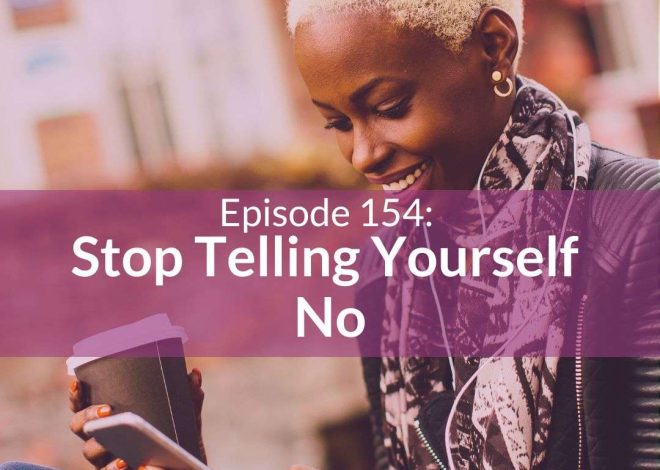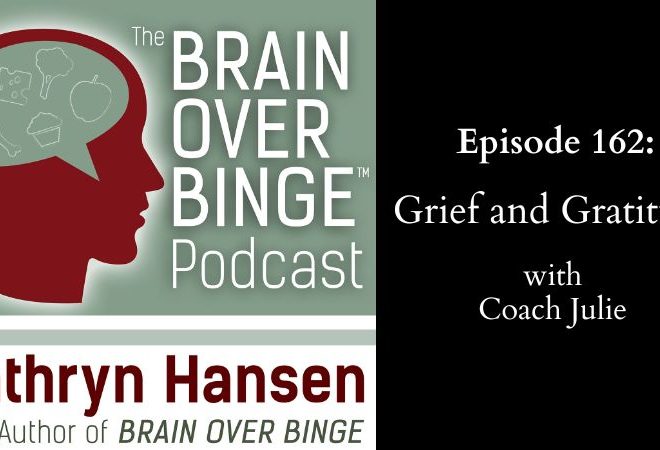
How many calories do you need to burn to eat _______?
 How many calories do you need to burn to eat ________? None. You already have the right to eat it.
How many calories do you need to burn to eat ________? None. You already have the right to eat it.
Based on a recent media frenzy about an article in The BMJ1 titled “Food should be labelled with the exercise needed to expend its calories,” you’d think that the idea of labeling food with how many minutes you’d have to exercise to burn it off is a new one. It’s not, and in fact, much of the media coverage pointed out the many problems with this idea:
- Food labeling is a complex science.
- It hasn’t been studied or proven to have any effect.
- Studies on calorie labeling on menus does not consistently lead consumers to order lower-calorie items, so why would this? https://www.prnewswire.com/news-releases/big-apple-menu-calorie-counts-dont-add-up-to-leaner-diets-at-fast-food-restaurants-300169213.html
- Even the survey the Royal Society for Public Health conducted found that only 53{0d9774446e5c1c486b14bfd00f317fb53ff44ec6f4ca4ad04b1a0b82436e9f13} of respondents said that they would positively change their behaviour as a result of viewing activity equivalent calorie information. As intention and action are two completely different things, it is unlikely that even that many would.
- It may encourage eating disorders.
- As the author Shirley Cramer herself stated, “People can’t out-run a bad diet.”
- Simplistic labels would be misleading since the number of calories burned during exercise is affected by many variables including an individual’s weight.
- It focuses on the calories in food, rather than nutrition.
Turning Eating into a Math Problem
Most current or past dieters can readily cite approximately how many calories are in most foods. They can also tell you about how many calories they would burn doing various exercises. The concept that “If you eat a chocolate glazed doughnut worth 240 calories, you’d have to walk for about 60 minutes to burn it off” is part of the dieter’s eat-repent-repeat cycle.
 In fact, we’ve seen this sort of information so often that we don’t stop to think about how absurd it is! To illustrate the absurdity of this kind of threatening approach to eating, just imagine if it were the other way around: “If you walked for 60 minutes, you’d have to eat a chocolate glazed doughnut.”
In fact, we’ve seen this sort of information so often that we don’t stop to think about how absurd it is! To illustrate the absurdity of this kind of threatening approach to eating, just imagine if it were the other way around: “If you walked for 60 minutes, you’d have to eat a chocolate glazed doughnut.”
Ridiculous, huh? Then why would it make sense the other way around?
Subconsciously, the message people hear is, “If you eat _______ (fill in the blank with something you love), you have to do X minutes of _______ (fill in the blank with some dreaded exercise). No wonder so many people say they hate to exercise!
How to Turn Exercise into Punishment for Eating
Worse than being absurd, this kind of messaging often has the opposite effect. Instead of causing people to decide that the food isn’t worth it, they decide that the exercise isn’t worth it.
Exercise is for health and vitality, not for earning the right to eat.
What do you think?
1 BMJ 2016;353:i1856
The post How many calories do you need to burn to eat _______? appeared first on Am I Hungry?.
(c) Am I Hungry? – Read entire story here.


